

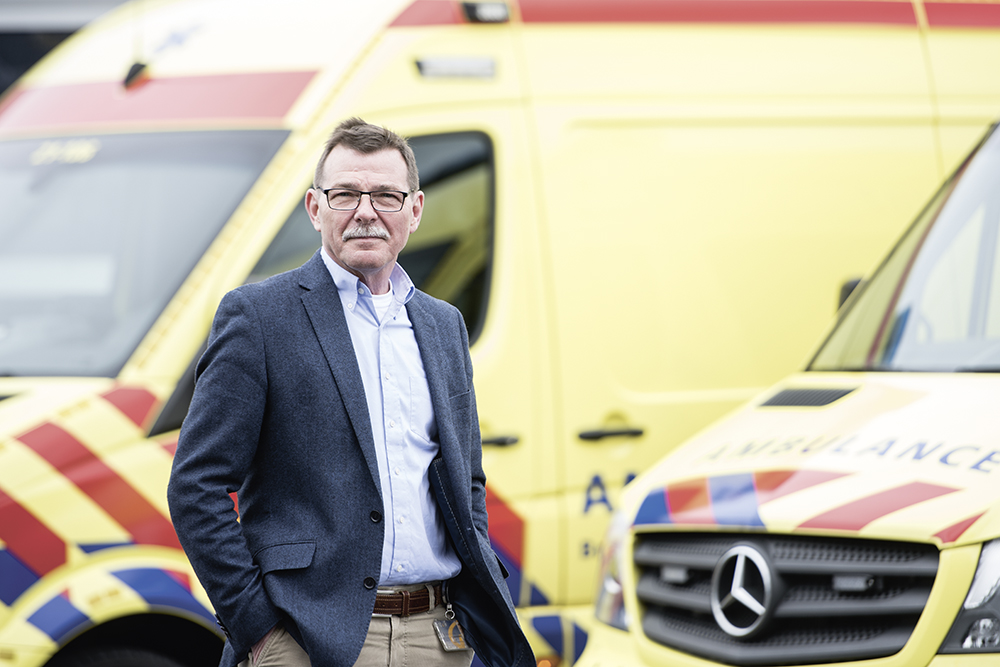
Herman Schlepers cares intensely for his RAV units in the Netherlands’ largest treatment region, central and western Brabant and Brabant north. RAV stands for “Regionale Ambulancevoorziening,” which translates as “regional ambulance service.” There are 25 of these regional units in the Netherlands, and Herman Schlepers is one of two managers of the RAVS mentioned before with a team of nearly 600 workers reporting to him. We met with him on a march afternoon in s’-Hertogenbosch to discuss the challenges he faces, his training requirements, and his plans for the future.
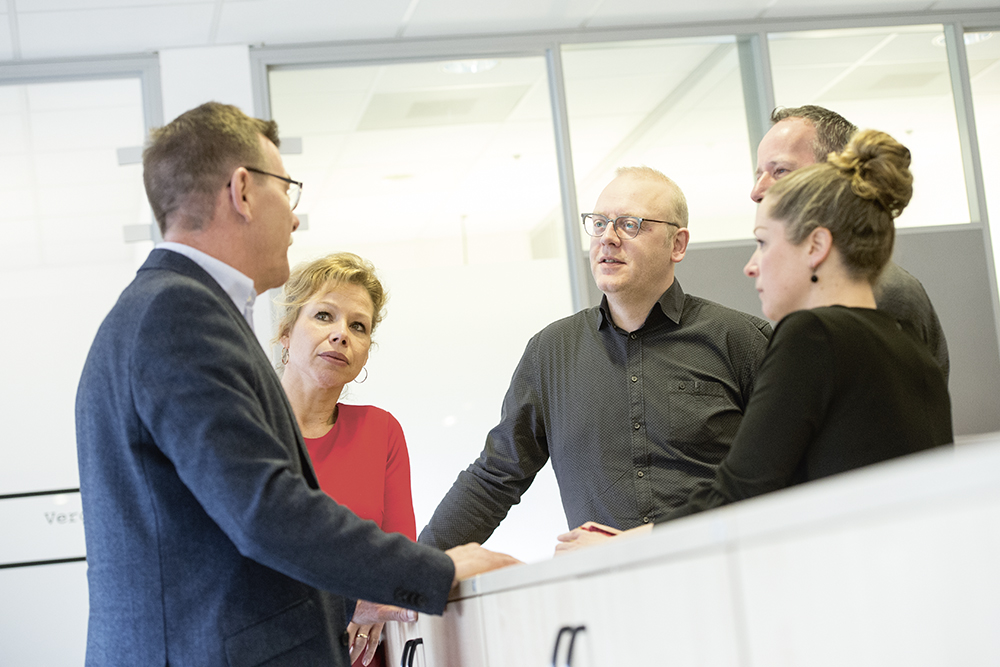
On the outskirts of the Dutch provincial capital of s’-Hertogenbosch, a city of around 150,000 inhabitants, we are met by Herman Schlepers in a very friendly, modern office building. You quickly get the impression that he is a man who knows what he’s talking about. Calmly, confidently, and patiently, he sets out the challenges that his RAVs – two of 25 in the Netherlands – must address in their work. In principle, both healthcare and emergency response are organised by the government. The government sets out the framework conditions under which the various organisations are required to work. Within this framework, however, the individual RAVs can operate highly autonomously – provided that they remain within cost limits. These costs, in turn, are determined by the health insurance funds. As such, Schlepers is responsible for preparing budgets for the year ahead on an annual basis, as well as ensuring that those budgets are achieved. The health insurance funds also set out service catalogues, which have to be met by 95 %. If this is not achieved, budget cuts are threatened. As an example, Schlepers mentions a service level for response times: in acute cases, an ambulance must be at the patient within fifteen minutes. A limit of thirty minutes applies in less urgent cases. Scheduled patient transports are planned separately, and a time slot is agreed with the patient.
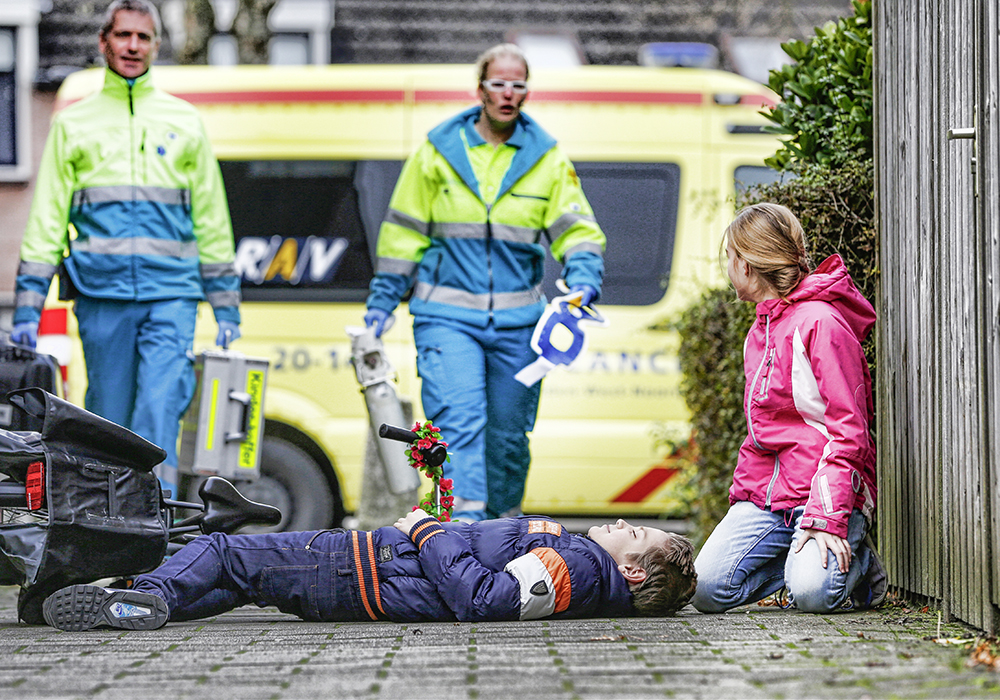
The service level requirements naturally have an effect on the way in which the RAVs are organised. In order to achieve the specified time limits, the RAVs use a system of process flows: as soon as one of the twelve main stations or ten satellite stations of the Brabant RAVs dispatches a vehicle, surrounding units are asked to send a vehicle to cover that station for the next incident that may occur, and to ensure that the service level is met. In a densely populated country such as the Netherlands, a fifteen-minute response appears tough. However, Herman Schlepers can point to an overall concept that makes it possible to achieve the target as a whole. As soon as the emergency call is taken, all information is recorded in an internationally-proven ProQA (Questions & Answers) software package by despatch employees. The call log is received in the operations centre, and the GMS system (an application software for despatch centres) takes over the data. The navigation system then calculates the route, while all traffic lights along the way are set to green, so that the ambulance can reach the destination without delays. Free passage for ambulances is a standard practice throughout the Netherlands, not just in Brabant Midden-West-Noord. On the way to the incident, the emergency paramedic studies the patient’s medical records on an iPad and prepares for possible treatments. At the scene, these well-trained responders decide how and where further treatment will take place. If a hospital admission is necessary, the paramedic informs the clinic and, at the press of a button, sends the updated medical records to the hospital. In the case of heart patients, the cardiologist who has been contacted will also receive the ECG data collected in the vehicle to plan for further treatment. Naturally, the journey to the hospital also takes place on a wave of green lights to ensure free passage for the ambulance. Herman Schlepers refers to the fact that the fifteen-minute requirement is not just a performance incentive for him and his team: more importantly, it can be a life-saver for patients.
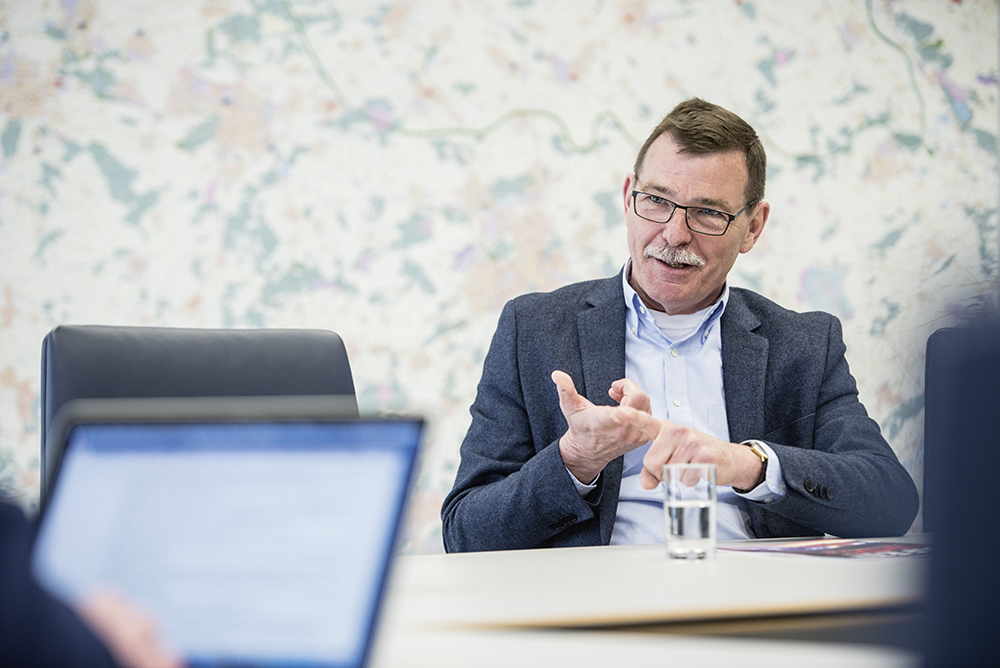
According to Herman Schlepers, people say that once you start to work at the RAV, you’ll never leave. However, before starting work at the RAV, there is a high bar to overcome in terms of qualifications. This is because the demands placed on responders are so high – not surprisingly, as it is literally a matter of life and death. Qualifying to work as an ambulance first responder requires a four-year bachelor’s degree to become a paramedic, followed by two years’ on-the-job training at an intensive care unit of a hospital. After a successful application, each new applicant must complete a further year’s training, which is funded by the RAV. If all internal reviewers judge the applicant to be suitable, he or she is taken on and can be deployed to work independently. Many emergency paramedics only join the RAV in their late thirties or early forties, partly because they are seeking a change of direction in their careers, and partly because they are attracted by the ability to work independently, the high levels of individual responsibility, and the variety of tasks. Normally in the Netherlands, no doctor travels to deployments with paramedic units. In extreme cases, a helicopter with doctor is requested. Emergency paramedics are both allowed and required to perform medical activities including attaching intravenous drips or performing decompression of the thorax. “Anyone who works with us must have good people skills – with their colleagues and patients – must be able to communicate, and must love the stress,” explains Schlepers with a smile – and those who can do all that often stay until retirement. Another factor that Schlepers cites is the social prestige associated with a career as a paramedic. Drivers also require an excellent standard of training. The formal requirements merely state that drivers must have graduated from high school and hold a driver’s licence that allows them to transport passengers. The real training, for the RAV, however, comes on the job, where they undertake specific vocational training to become an ambulance driver. Just driving with blue lights requires a year of training. After that, there is further training to undertake as an emergency assistant, as each ambulance has a maximum crew size of two: the driver and the emergency paramedic. For the RAV, maturity and behaviour in traffic are the most important factors, according to Schelpers, as a result of which, no drivers under the age of 25 are taken on. After all, it has been scientifically proven that young people below the age of twenty-two take too many risks and rate their own abilities too highly.
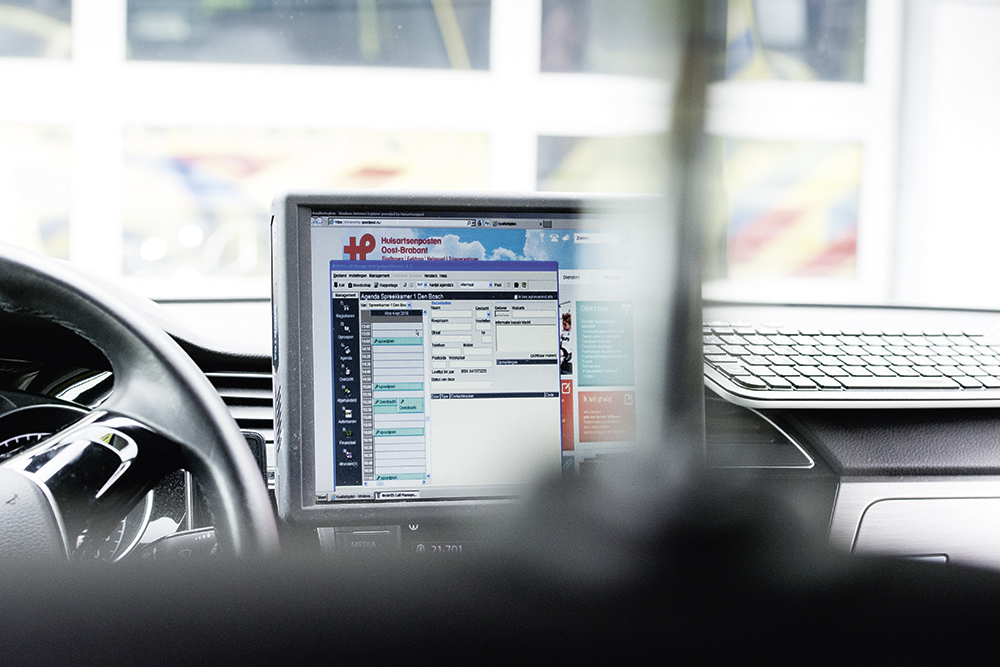
Schlepers is also concerned about the future workload for his workforce of over 500 people. The Netherlands is another country where hospitals are reduced in numbers and concentrated. A lack of care homes for the ageing population leads to an increasing number of emergency calls from older people. Internal analysis groups are, therefore, constantly seeking solutions. One promising approach is to begin the recruitment process while nurses are still undergoing their training. Future nurses will be made aware of career opportunities at the RAV, offering them the chance to join the RAV immediately after their training. After two years’ further training, the costs of which would be met by the RAV, they join the team as direct entrants. According to Schlepers, this approach relies on the RAV’s good reputation. A further approach would be to offer school graduates (in this case, from academic high schools) the chance to undertake apprenticeships with the RAV. During their nursing training, which they would have to undertake first, they would get the opportunity to undertake an internship with the RAV, with both parties getting to know each other in the process. After three years of training, there is a further year of training, funded by the RAV. For Schlepers, it’s important to ensure that the quality of the training is always first rate, and for this reason, internal quality control, undertaken by experienced supervisors, matters greatly. The apprentices would be assessed on a wide range of criteria from many different perspectives, resulting in a joint decision as to whether to take them on. Moreover, it is important to ensure that medical treatment is maintained – not just for the future of the RAV, but for the overall health and wellbeing of the population. For example, it is the case in the Netherlands that fewer and fewer general practitioners are taking on calls during the evenings or at night. For this reason, the RAVs have developed a concept, to be delivered by their own “senior” paramedics staff who want a change of responsibilities. The aim is to offer a nearly-equivalent on-call service to that offered by doctors. These clinicians would be offered additional training, resulting in a master’s degree, to be funded by the RAV. This qualification would allow them to undertake first responder duties and, working in conjunction with a doctor based in the control room, to provide or initiate treatment. Schlepers is convinced that offers such as these will make the RAVs more attractive and more versatile: after all, the complete infrastructure and a trained workforce needed to roll out their own healthcare services step-by-step are already available, and the specific, focused approach taken by the RAV Brabant Midden-West-Noord in respect of its future duties shows that, even in the narrow context of service agreements and budgets, it is possible to shape the future creatively.
RAV Brabant in figures:

This text was first published in the WAS customer magazine „Safety First“. You can request a free copy of this and many other interesting topics by sending an e-mail to marketing@was-vehicles.com.





